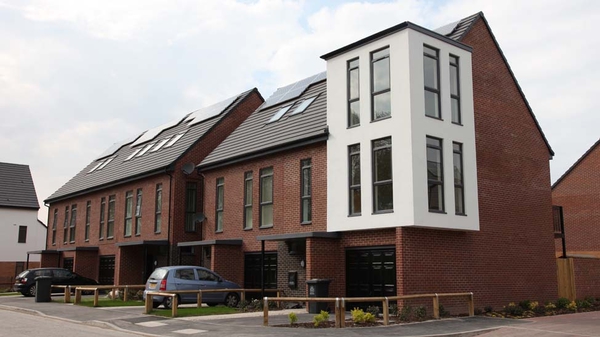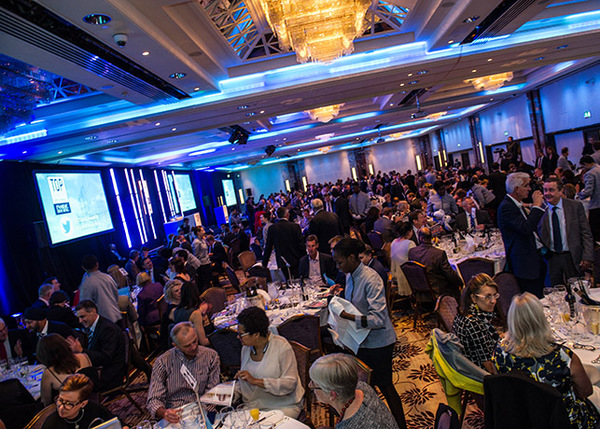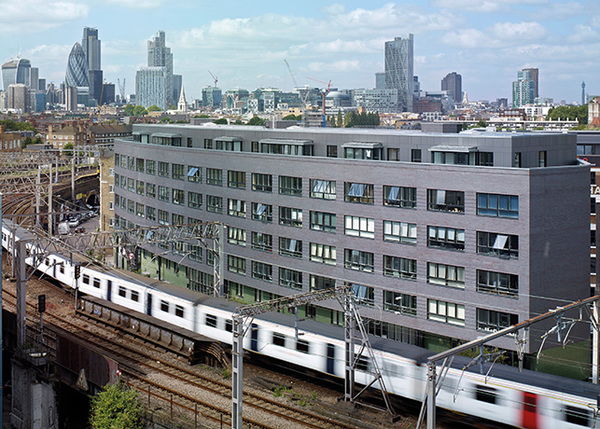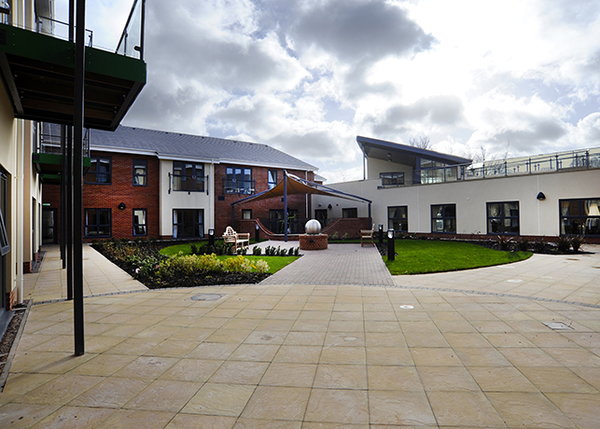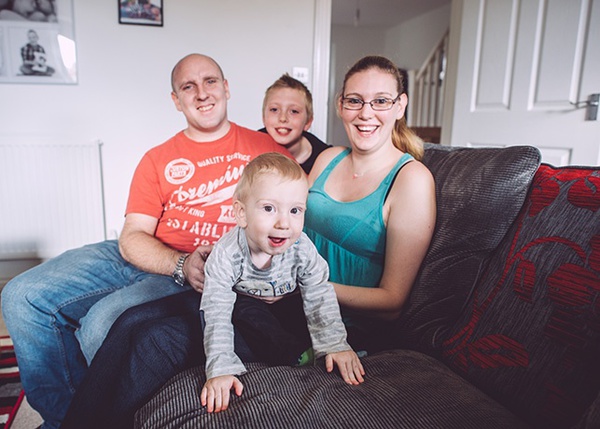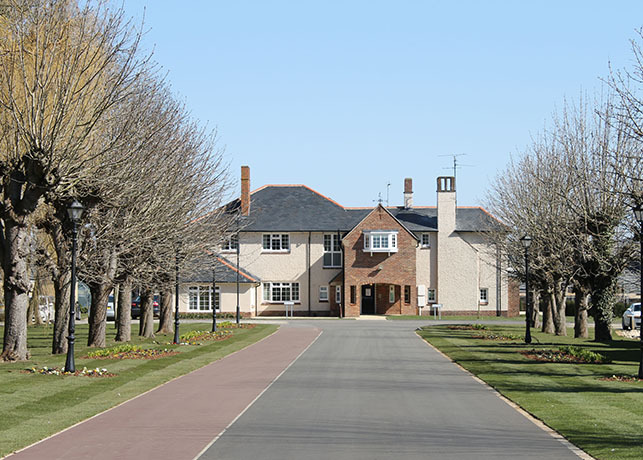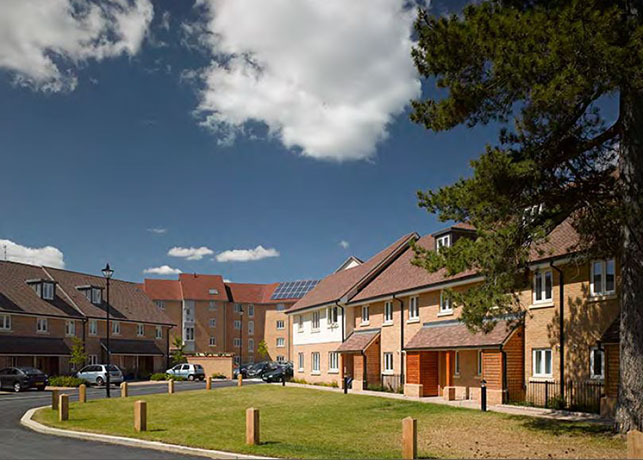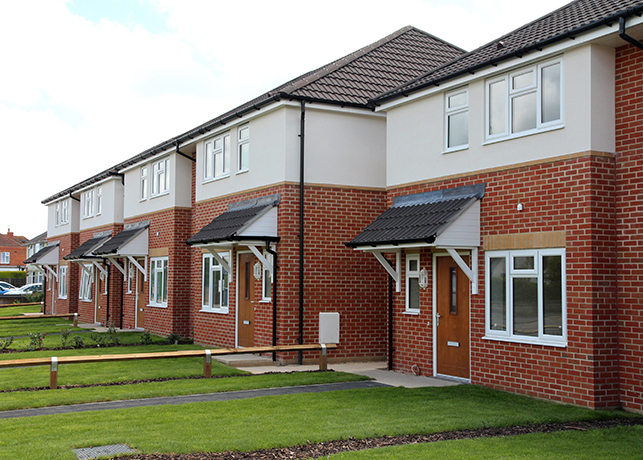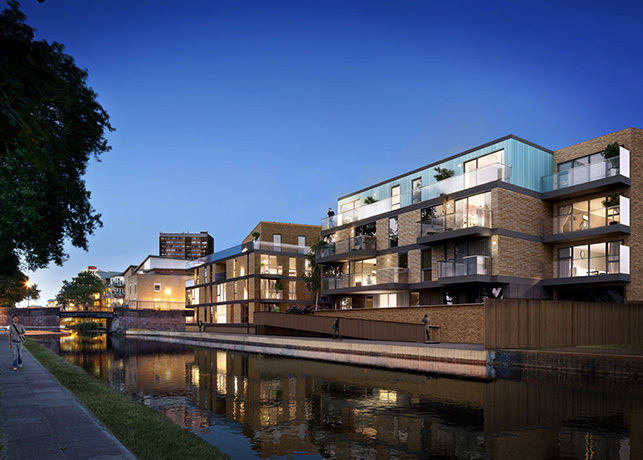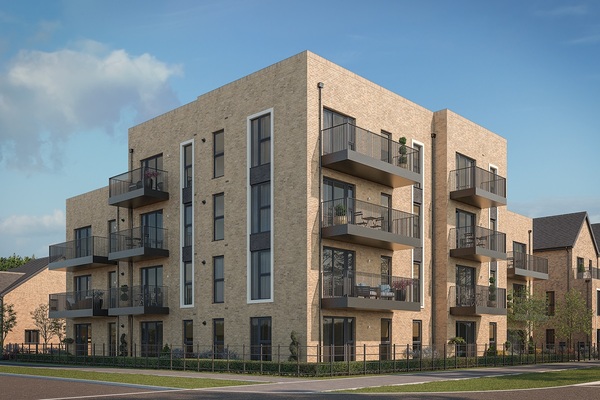Top 60: Market Sale Developments of the Year
Inside Housing is showcasing the best 60 developments of the last year. This year, our list is split into 10 categories of excellence which we will reveal over the next few weeks. Michael Atherton reports on the best market sale developments of the year

A word from the Inside Housing editor
The shortage of market sale properties is a familiar story. Families finding their grown-up children living at home for longer, wondering if they will ever be able to take their first step onto the property ladder. Young people priced out and unable to buy in their childhood neighbourhoods. Young professionals renting much longer than they expected.
These are the stories that really started to put the housing crisis on the political map a couple of years ago. With ongoing coverage of soaring house prices and buyers outstripping sellers by 10 to one, it is clear that more market sale homes are badly needed.
Housing associations have a strong track record in making homeownership more affordable through shared ownership schemes. Increasingly, social landlords are providing homes for outright market sale to cross-subsidise affordable development and to meet market need.
Market need is diverse, and that diversity is reflected in the developments that we proudly share on these pages. These developments cater for first-time buyers in London, for over-55s wanting the security of a retirement village, and for families. Three developments brought derelict sites of different types back into use. Among the developers are housing associations, councils, and a first-time developer - the children’s charity, Barnardo’s.
This category celebrates the very best market sale developments, and the schemes are also recognised in our Top 60 Developments of 2015. Congratulations to all involved on this significant achievement.
Emma Maier, editor, Inside Housing
The judges
- Matthew O’Connell, senior policy officer, residential and sustainability, British Property Federation
- Simon Nicol, director, Building Research Establishment
- Andrew Eagles, managing director, Sustainable Homes
- Joanna Embling, sole practioner, Joanna Embling Property Consultant
The judges will choose an overall winner in this category, to be announced on Friday 16 October in London

The Schoolyard
“With the ownership of London property under such scrutiny, it is great to see that the overwhelming majority of buyers came from the local community and that a good proportion of them are first-time buyers.”
Matthew O’Connell, senior policy officer, residential and sustainability, British Property Federation
Number of homes in development: 139
Cost: £24m
The scheme: A school that was later turned into a bus depot in Wandsworth, south London, has now been replaced by 119 flats for private sale and 20 for shared ownership.
The Schoolyard, a development by 71,700-home housing association L&Q and Wandsworth Council, was targeted at those already living or working in the vicinity – 95% of purchasers are local. All units in phase one were sold during the opening weekend and 34% of purchasers in phase one were first time buyers, with an average age 37.
Properties were priced to be accessible to local first-time buyers from £335,000 for a one-bed apartment and £475,000 for a two-bed. The most expensive three-bedroom apartment was £850,000.
Local resident Cherie Stockbridge is the third generation of her family to attend the former school. In her family’s honour, each building of the development is named after members of her family, including her grandparents and parents.

The Croft Developments
“What I really like about this development is that its design, development and excellent range of management services is the culmination of the lessons learned and feedback received from previous developments.”
Matthew O’Connell, senior policy officer, residential and sustainability, British Property Federation
Number of homes in developments: 124
Cost: £17.5m
The scheme: The Croft is made up of two retirement living facilities by developer Larkfleet Homes aimed at over-55s who want the security of owning their own property, but without the hassle of property maintenance.
The Croft at Bourne, Lincolnshire, is made up of 75 one, two and three-bedroom properties including villas, bungalows and chalet bungalows, arranged around landscaped courtyards and gardens. The Croft at Baston is 49 one and two-bedroom bungalows and a three-bedroom chalet bungalow.
Homes are priced so they remain available to local buyers wishing to downsize but stay within the area.

Barnardo’s Garden Village
“The success of this scheme is made more impressive by the fact that Barnardo’s had no development experience.”
Matthew O’Connell, senior policy officer, residential and sustainability, British Property Federation
Number of homes in development: 144
Cost: £17m
The scheme: The Barnardo’s Garden Village is made up of 144 new flats and houses, replacing numerous derelict buildings in Barkingside, East London.
This development is the latest phase of Barnardo’s regeneration of its Barkingside site, which has been home to the charity since Thomas Barnardo built a Girls’ Village Home there in 1873. Phase one and two included building a new headquarters. Phase three funds the new office in a self-sustained and self-financing manner.
The homes face a ‘village green’ echoing the form and width of the original cottages. No vehicles pass in front of the houses to preserve the quiet quality of the green.
Barnardo’s was keen that as many of the homes as possible were sold to local people.

Old School Place
“This is a great example of a local authority with the perspicacity to accept a lower price for the land in order to meet the needs of the community.”
Matthew O’Connell, senior policy officer, residential and sustainability, British Property Federation
Number of homes in development: 30
Cost: £3.5m
The scheme: Old School Place is a 30-home, mixed-use development built on the site of a former Victorian infant school which stood for 135 years before closing and becoming a derelict eyesore. Nine of the homes were offered for open market sale, five for shared ownership and 16 for affordable rent.
The development by Spectrum Premier Homes, part of the Spectrum Housing Group, was advertised to local people and built to Code for Sustainable Homes Level 4, fitted with solar energy and mechanical ventilation heat recovery systems.

Draycote Grange
“The development demonstrates that not all housing has to be dressed up and marketed to the ends of the Earth.”
Matthew O’Connell, senior policy officer, residential and sustainability, British Property Federation
Number of homes in development: 11
Cost: £1.7m
The scheme: Draycote Grange in Coventry is made up of 11 new detached and semi-detached two and three-bedroom houses, and the development also refurbished an existing three-bedroom home.
The development breathes new life into a derelict, dilapidated piece of land, which had effectively been cut off by previous development over 60 years ago, and preserved an ancient hedgerow and an existing mature oak tree.
Signature New Homes, a subsidiary of social landlord WM Housing Group, developed the homes. It is a ‘not for dividend’ organisation.

Gunmakers Wharf, East London
“This is a charmingly understated development that has a fantastically clean and modern feel.”
Matthew O’Connell, senior policy officer, residential and sustainability, British Property Federation
Number of homes in development: 121
Cost: Not provided
The scheme: Gunmakers Wharf is a development of 72 homes for sale (plus four shared ownership, 15 market rent and 30 social rent) made up of studio, one, two and three-bedroom apartments on the brownfield site of a derelict paint factory. The scheme, for 34,000-home landlord A2Dominion, is made up of four four-storey blocks.
Green roofs use flora and fauna to create a natural habitat for local wildlife and reduce the effects of urban run-off of rainwater. Brown roofs were planted with wildflower and grass seed mix to create habitats for black redstart, bats and potentially rare invertebrates.
